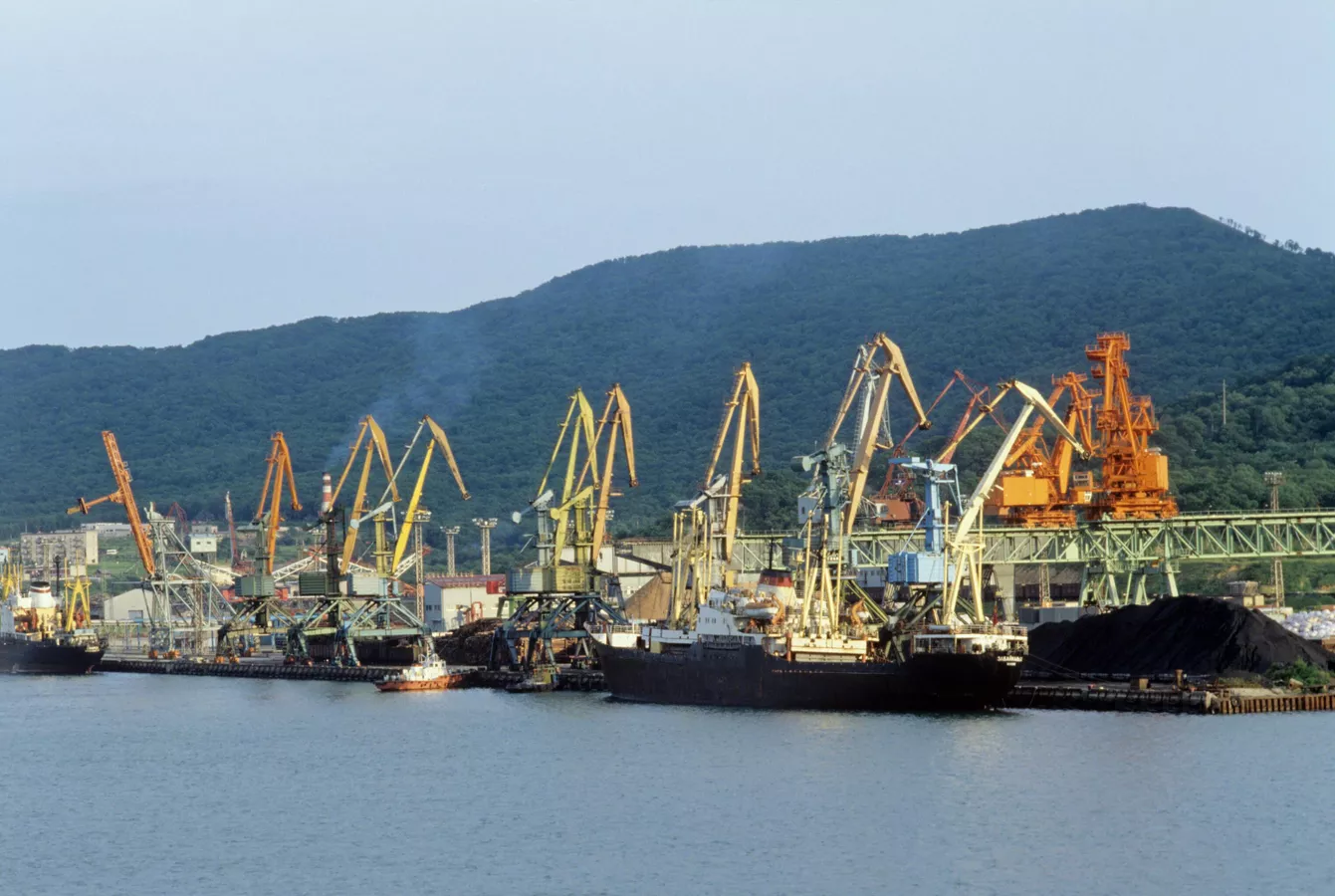Sharing for three: exploring the untamed wonders of the Wild North
 The situation has not changed
The situation has not changed
Minsk’s logistical plans are taking on a whole new meaning. Belarus was counting on a new deep-water port in the Far East, but it was misled and offered a much more appealing alternative: a port that is part of an international priority development area. The only downside to this option right now is that it is still just a plan on paper.

There is a new deep-water port in the works in the Far East, with Belarus and China involved. Vladimir Putin announced this on September 5 at the plenary session of the Eastern Economic Forum. The new port is going to be part of the first International Priority Development Area in Primorye, right where the international transportation corridors intersect.
The idea of building a “Belarusian” port in Primorye has been on the table a few times before. Belarus does not have the resources to invest in this project. So it is no surprise that the project has been rolled out globally and adopted the format of trilateral cooperation with Russia and China. Putin, though, invited other friendly countries to get involved in provincial projects.
China is an indispensable partner for Russia in every sense. Minsk also centers special hopes on China. At a meeting with Chinese Ambassador Xie Xiaoyong who is concluding his diplomatic mission in Belarus, Aliaksandr Lukashenka said that Belarus would like to reach the same level of cooperation with China as it has with Russia. This is a huge statement. A well-developed logistics infrastructure is an essential prerequisite for realizing these wishes.
Putin says Belarus is making big plans for port infrastructure and terminals on the Kola Peninsula, which is part of the Northern Sea Route. Moscow views this route as a strategic priority and is promoting it as “the future of world logistics.” The Northern Sea Route goes through the Arctic Ocean (Barents, Kara, Laptev, East Siberian, and Chukchi Seas) and also part of the Pacific Ocean (Bering Sea). In its south-eastern part it “docks” with the Sea of Japan and thus with the future infrastructure of the Primorye International Priority Development Area.
For the final reorganization of the Belarusian export logistics, which looks good on the map, this is an exceptional and almost flawless plan. Its full implementation, however, remains questionable. First, the extent of China’s involvement in the development of the Area, which is not explicitly included in China’s Belt and Road Initiative at this stage, is not yet clear.
Second, the megalomaniacal overtones of this plan are somewhat suspect. What are the interests of Belarus and Russia in addition to the realization of the Great Northern Bypass project? They want to win the war in Ukraine, ensure stable economic growth, close the technological gap with developed countries and achieve technological independence, implement import phase-out programs, and finally rub the West’s sanctions policy in its face. Perhaps they should have started right away with the building of communism in a separate Union State of Russia and Belarus.
Subscribe to our newsletter




Situation in Belarus
Constitutional referendum: main consequences


 Video
Video
How to count the political prisoners: are the new criteria needed?


 Video
Video
Paternalism In Decline, Belarusian Euroscepticism, And The Influence Of Russia


 Video
Video












